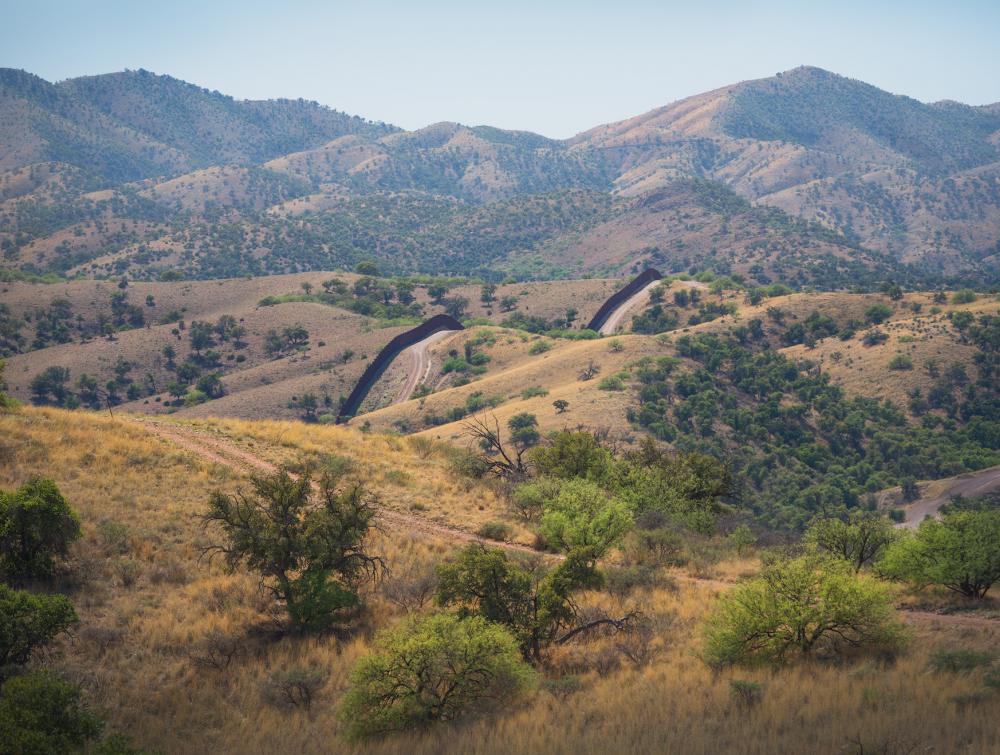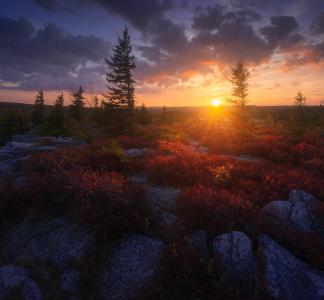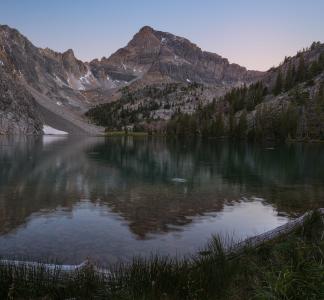How a border wall would also harm land, water and wildlife

Coronado National Forest, Arizona
Mason Cummings, TWS
A proposed border wall would disrupt public lands
In addition to seriously impacting individuals, families and border communities, a proposed wall along the border between the U.S. and Mexico would likely disrupt public lands and wildlife. One of the most ecologically diverse wildlife migration corridors in all of North America crosses the wall's proposed construction site in a key area, and thousands of species will be in danger if it moves forward.
These lands are home to Sonoran pronghorn, prairie dogs, black bears, and gray wolves; they contain some of the most biodiverse ecosystems on the continent. More than 450 rare species live here – some cannot be found anywhere else on the planet. At least 700 neotropical birds, mammals, and insects migrate through the borderlands each year. Like the human migrants who pass through this world between worlds, they seek safety, a future, survival.
But all of these borderlands treasures have been facing the eroding consequences of policies that prioritize large-scale construction of walls and other infrastructure, and that disrupt lives and divide the landscape. Abundant evidence has shown over the past decade that these barriers do not stop people. But they have destroyed and fragmented rare habitats, blocked migration corridors for endangered species and undercut the borderlands economy.



